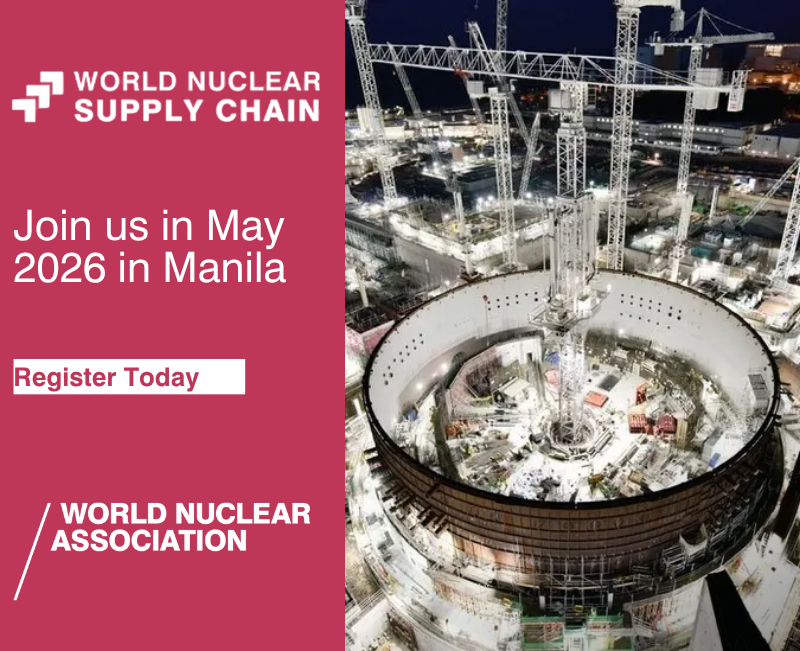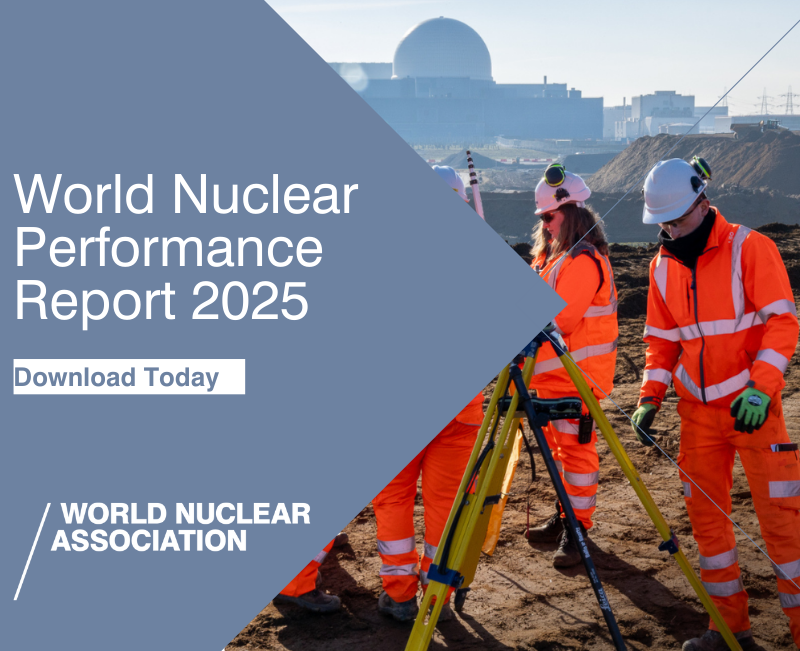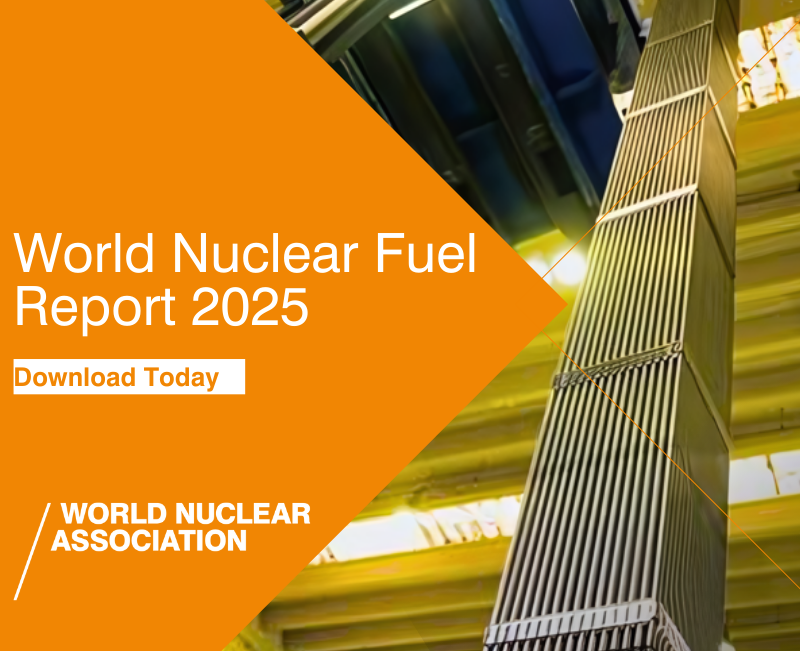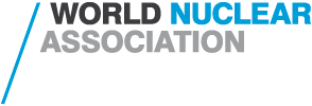"This milestone marks a significant step in ensuring that future SMRs incorporate international nuclear safeguards from the earliest stages of design, under the IAEA's safeguards by design (SBD) concept," the Korea Atomic Energy Research Institute (KAERI) said.
KAERI noted that the IAEA has emphasised the importance of implementing safeguards considerations as early as possible in the SMR design process to facilitate timely verification of nuclear material and minimise design changes at later stages. Work on safeguards by design for SMRs is being advanced with several member states through the Member State Support Programme (MSSP), integrating safeguards requirements alongside safety, security, and economic considerations in reactor design.
To develop innovative, effective safeguards concepts for emerging SMR types, the MSSP task on safeguards by design for SMRs was launched in 2018. Among the 24 member states providing extrabudgetary contributions to the IAEA through the MSSP, 10 member states are supporting the IAEA in addressing various SMR designs including land-based and marine-based integral pressurised water reactors, molten salt reactors, high-temperature gas-cooled reactors, lead-cooled fast reactors and microreactors within the framework of the safeguards by design for SMRs task.
KAERI said the SMART100 is at the forefront of this effort. Following standard design approval in 2024 for its advanced safety design and improved economics, SMART100 is now also leading in safeguards, it said. The Safeguards Technical Report (STR) submission scheduled for later this year is expected to be the first known such case among SMRs currently under development, construction, or operation worldwide.
"SMART100 is both a demonstration of Korea's advanced reactor technology and a commitment to transparency and international trust," said Chae Young Lim, Senior Vice President, SMART Export Promotion Group at KAERI. "By integrating safeguards considerations into the design from the beginning, we are setting a precedent that will benefit future SMR developers."
Jae Sung Lee, Task Officer for the SBD for SMRs task at the IAEA, added: "The IAEA is pleased to begin its internal process to finalise the STR submitted by the Republic of Korea, which represents the first task output of its kind. It is particularly important to note that the SBD is increasingly being integrated into SMR licensing processes in many countries."
The Safeguards Technical Report will be reviewed by the IAEA to ensure that the design can be efficiently safeguarded once deployed, including provisions for nuclear material accountancy, inspection access, and design information verification. This proactive approach is expected to reduce regulatory uncertainty and streamline deployment timelines for SMART100, while strengthening global non-proliferation confidence.
"As the first SMR to attain both safety and safeguards recognition at the international level, SMART100 is widely seen as a reference model for subsequent SMR projects worldwide," KAERI said. "Its progress demonstrates the feasibility of aligning advanced nuclear design with international standards on safety, security, and non-proliferation - key elements for the global expansion of SMR deployment."
The SMART100 (System-integrated Modular Advanced Reactor 100) is an advanced version of the original SMART design, which became the world's first SMR to receive standard design approval in mid-2012. SMART is a 330 MWt pressurised water reactor with integral steam generators and advanced safety features. The unit is designed for electricity generation (up to 100 MWe) as well as thermal applications, such as seawater desalination, with a 60-year design life and three-year refuelling cycle.
The SMART100 builds upon the safety, economic, and operational benefits of the SMART, offering enhanced power output and safety features. SMART100's development prioritised safety improvements, including the integration of a fully passive safety system. This system is capable of maintaining reactor cooling without the need for external power, using natural forces like gravity and fluid density differences to ensure the safe shutdown and cooling of the reactor during emergencies. Along with these safety enhancements, SMART100 also offers increased thermal output, rising from 330 MW to 365 MW, while its electrical output has been boosted from 100 MW to 110 MW, significantly improving efficiency while maintaining a compact design.
"Following standard design approval in 2024, SMART100 is under active consideration for international deployment, particularly in countries seeking low-carbon, flexible, and off-grid energy solutions," KAERI noted.

_83475.jpg)



_82983.jpg)
_34792.jpg)
_16403_79272.jpg)
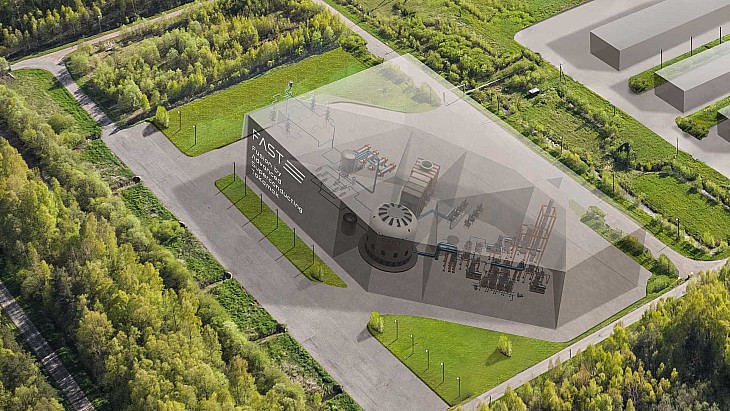
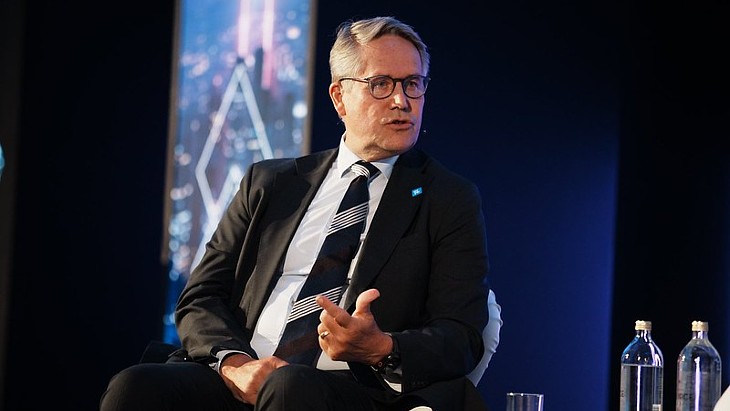
_76087_55556.jpg)
